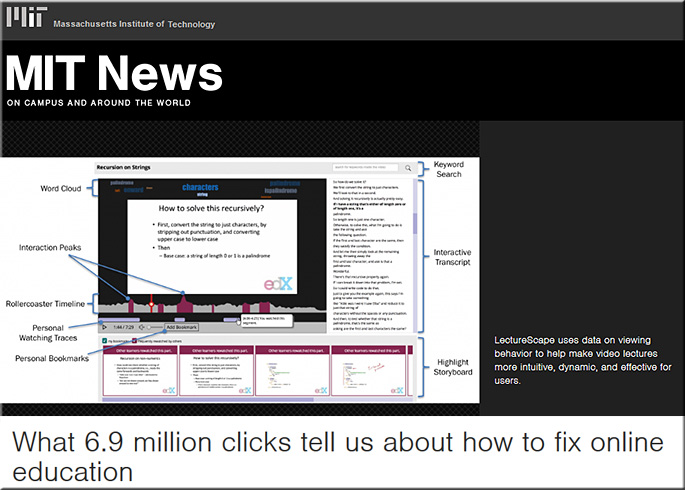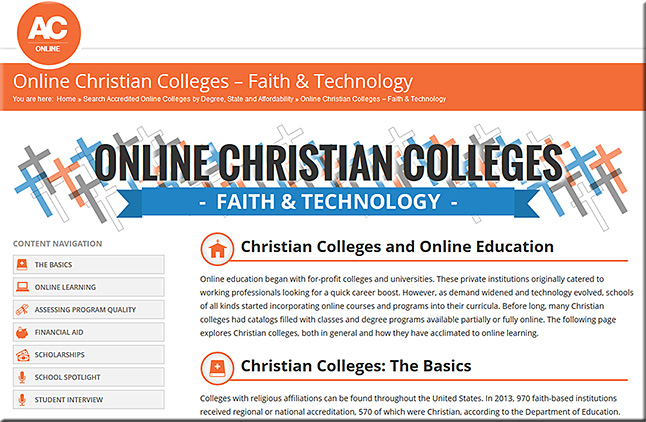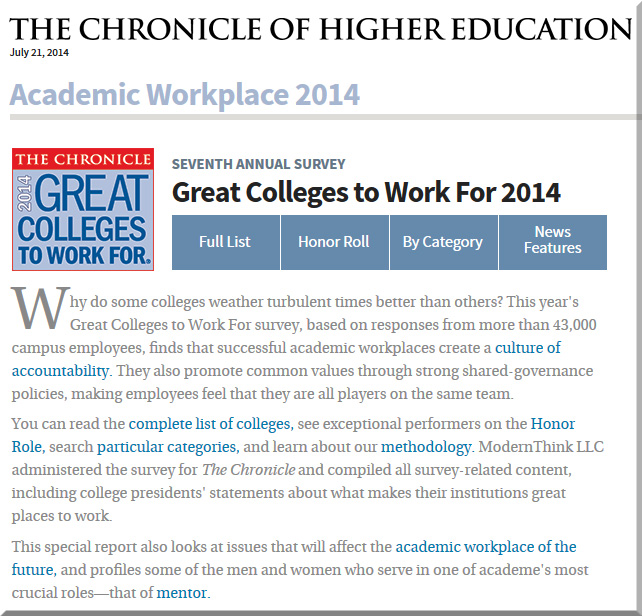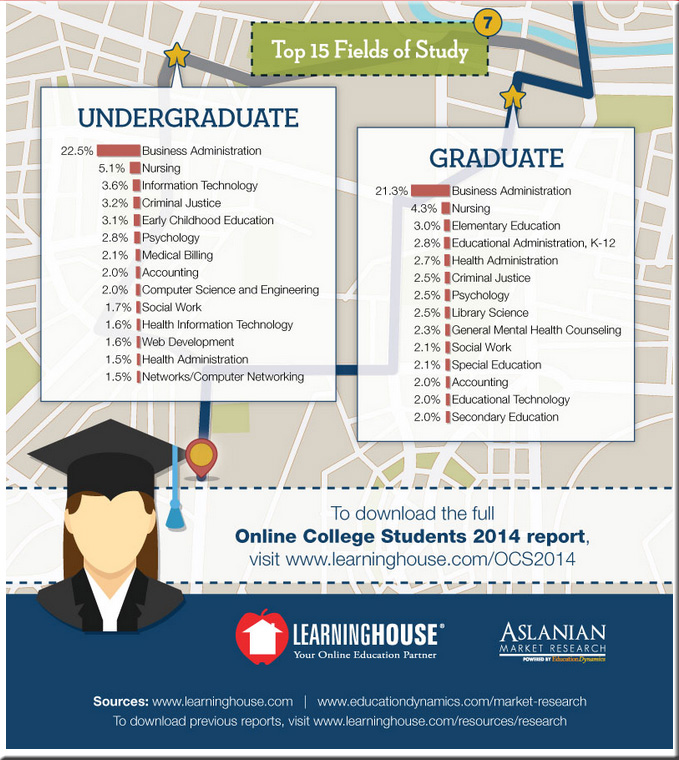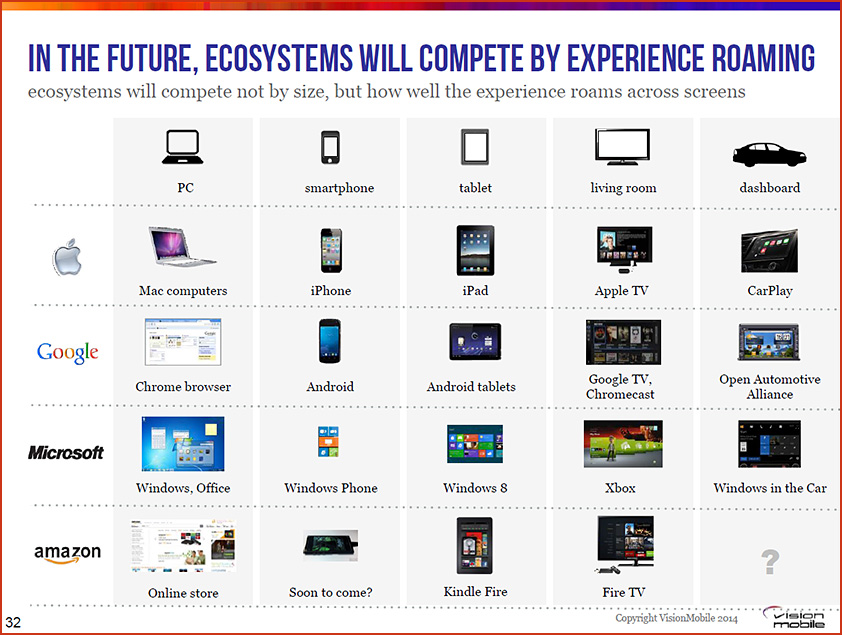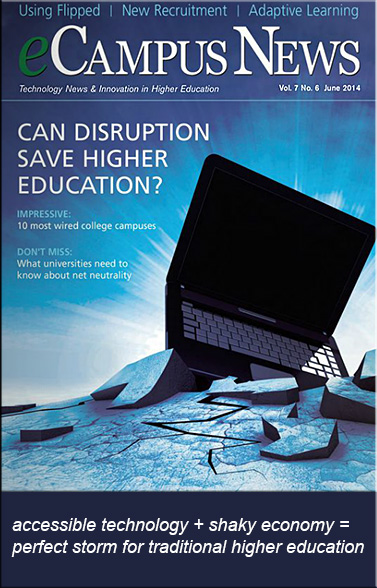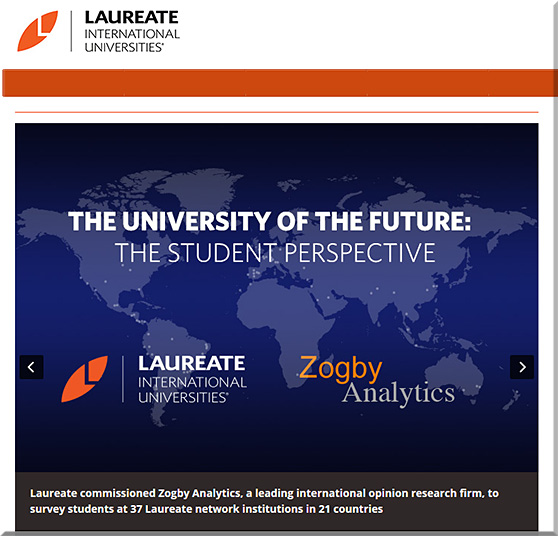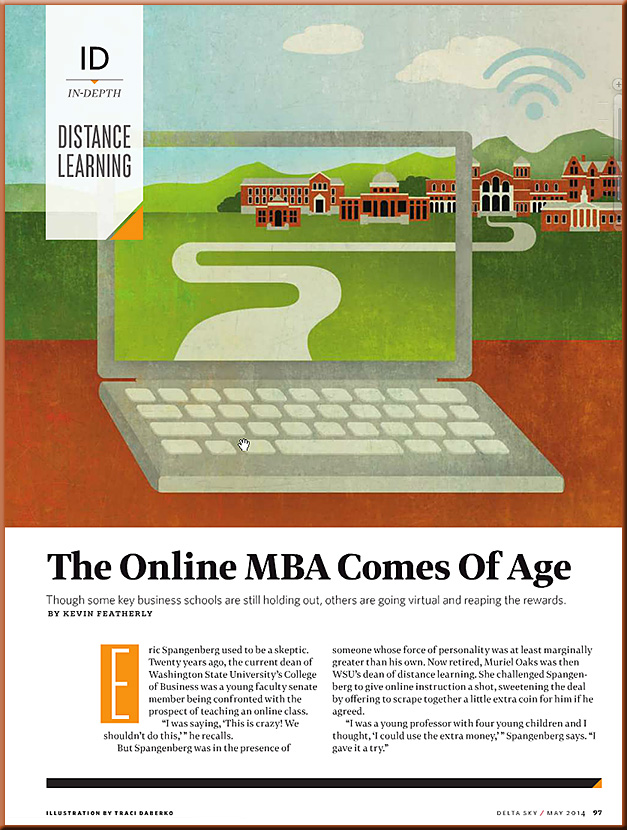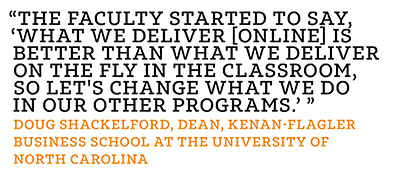Harvard MOOCs up ante on production quality — from educationnews.org by Grace Smith
Excerpt (emphasis DSC):
It’s called HarvardX, a program begun two years ago, that films professors who are creating lessons that act as an adjunct to their coursework. The catch is, the production value is equally proportioned to the subject matter. The underproduced in-class lecture being filmed by a camera at the back of the lecture hall is being updated, in a big way.
Two video studios, 30 employees, producers, editors, videographers, composers, animators, typographers, and even a performance coach, make HarvardX a far cry from a talking head sort of online class.
The Harvard idea is to produce excellent videos, on subject matters that might be difficult to pull off in a lecture hall or class. Then, to bring these videos into the class for enrichment purposes. An example is Ulrich’s online class, “Tangible Things”.
Also see:
Sea change of technology: Education — from the Harvard Gazette, Christina Pazzanese, May 26, 2014
Excerpt (emphasis DSC):
After centuries of relative torpor, technology breakthroughs have begun to reshape teaching and learning in ways that have prompted paradigm shifts around pedagogy, assessment, and scholarly research, and have upended assumptions of how and where learning takes place, the student-teacher dynamic, the functions of libraries and museums, and the changing role of scholars as creators and curators of knowledge.
“There are massive changes happening right now,” said Robert A. Lue, the Richard L. Menschel Faculty Director of the Derek Bok Center for Teaching and Learning and faculty director of HarvardX (harvardx.harvard.edu). “What has brought it into particularly tight focus now is that the revolution in online education has raised a whole host of very important questions about: What do students do with faculty face-to-face; what is the value of the brick-and-mortar experience; and how does technology in general really support teaching and learning in exciting, new ways? It’s been a major catalyst, if you will, for a reconsideration of how we teach in the classroom.”
…
Classrooms of the future are likely to resemble the laboratory or studio model, as more disciplines abandon the passive lecture and seminar formats for dynamic, practice-based learning, Harvard academicians say.
“There’s a move away from using the amphitheater as a learning space … toward a room that looks more like a studio where students sit in groups around tables, and the focus is on them, not on the instructor, and the instructor becomes more the ‘guide outside’ rather than the ‘sage onstage,’ facilitating the learning process rather than simply teaching and hoping people will learn,” said Eric Mazur, Balkanski Professor of Physics and Applied Physics at the Harvard School of Engineering and Applied Sciences.
It’s a shift that’s changing teaching in the humanities as well. “It’s a project-based model where students learn by actually being engaged in a collaborative, team-based experience of actually creating original scholarship, developing a small piece of a larger mosaic — getting their hands dirty, working with digital media tools, making arguments in video, doing ethnographic work,” said Jeffrey Schnapp, founder and faculty director of metaLAB (at) Harvard, an arts and humanities research and teaching unit of the Berkman Center for Internet & Society.
From DSC:
HarvardX is a great example of using teams to create and deliver learning experiences.
Also, the “Sea change…” article reminded me of the concept of learning hubs — whereby some of the content is face-to-face around a physical table, and whereby some of the content is electronic (either being created by the students or being consumed/reviewed by the students). I also appreciated the work that Jeff Schnapp is doing to increase students’ new media literacy skills.
![The Living [Class] Room -- by Daniel Christian -- July 2012 -- a second device used in conjunction with a Smart/Connected TV](http://danielschristian.com/learning-ecosystems/wp-content/uploads/2012/07/The-Living-Class-Room-Daniel-S-Christian-July-2012.jpg)










